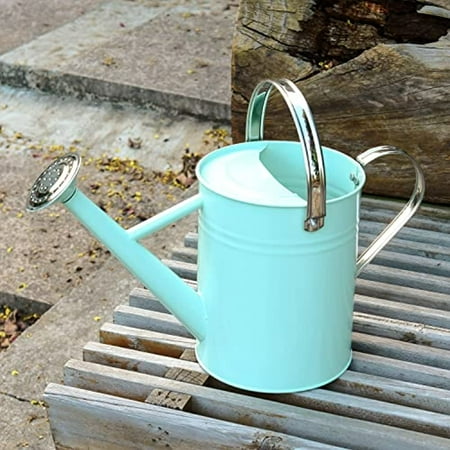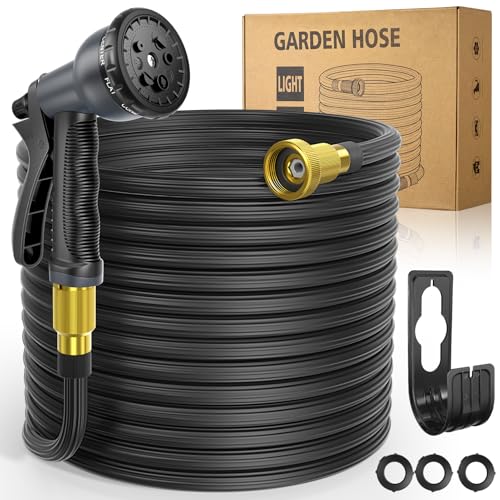Why damping down a greenhouse is the ‘easiest and most economical' way of reducing temperatures to avoid damaging plants
It is as simple as putting water on the greenhouse floor, but it benefits plants in multiple ways
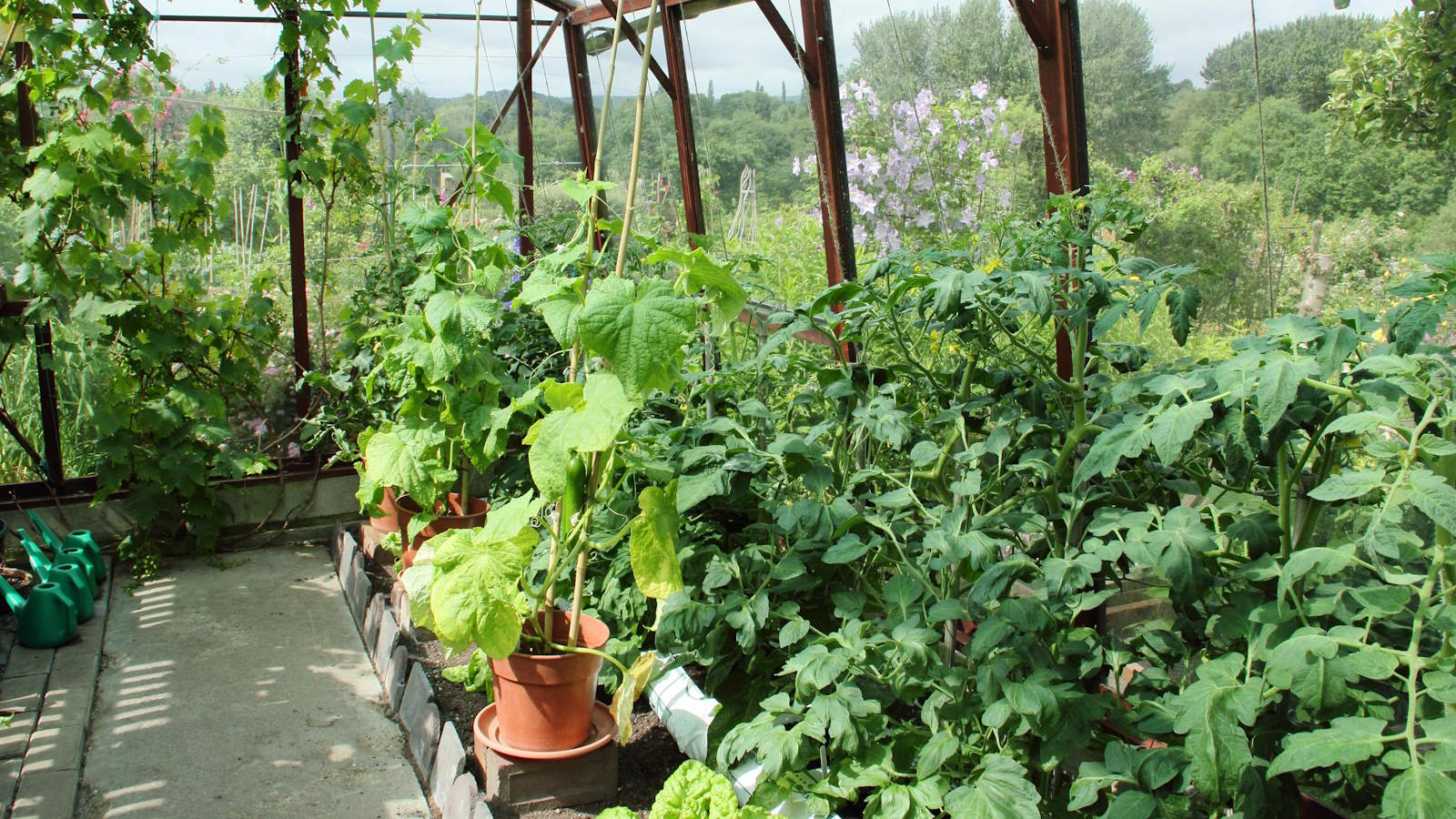

A greenhouse can get incredibly hot during the summer months and it is important to avoid the temperatures getting so high as to damage plants. As well as ventilating the greenhouse and providing shade, damping down the floors is a simple way to prevent plants from getting harmed by extreme heat.
Even heat-loving plants will suffer when the temperatures get too high and exceed 80°F. They can get heat stress, which can cause wilting, defoliation, and leaf scorch while flowering and fruiting can also be badly affected.
If you grow anything in a greenhouse, keep an eye on the forecast and monitor temperatures. On top of watering plants to keep them hydrated, protecting them from environmental factors, including extreme heat, will help them thrive. Thankfully, damping down a greenhouse is quick and simple to do.
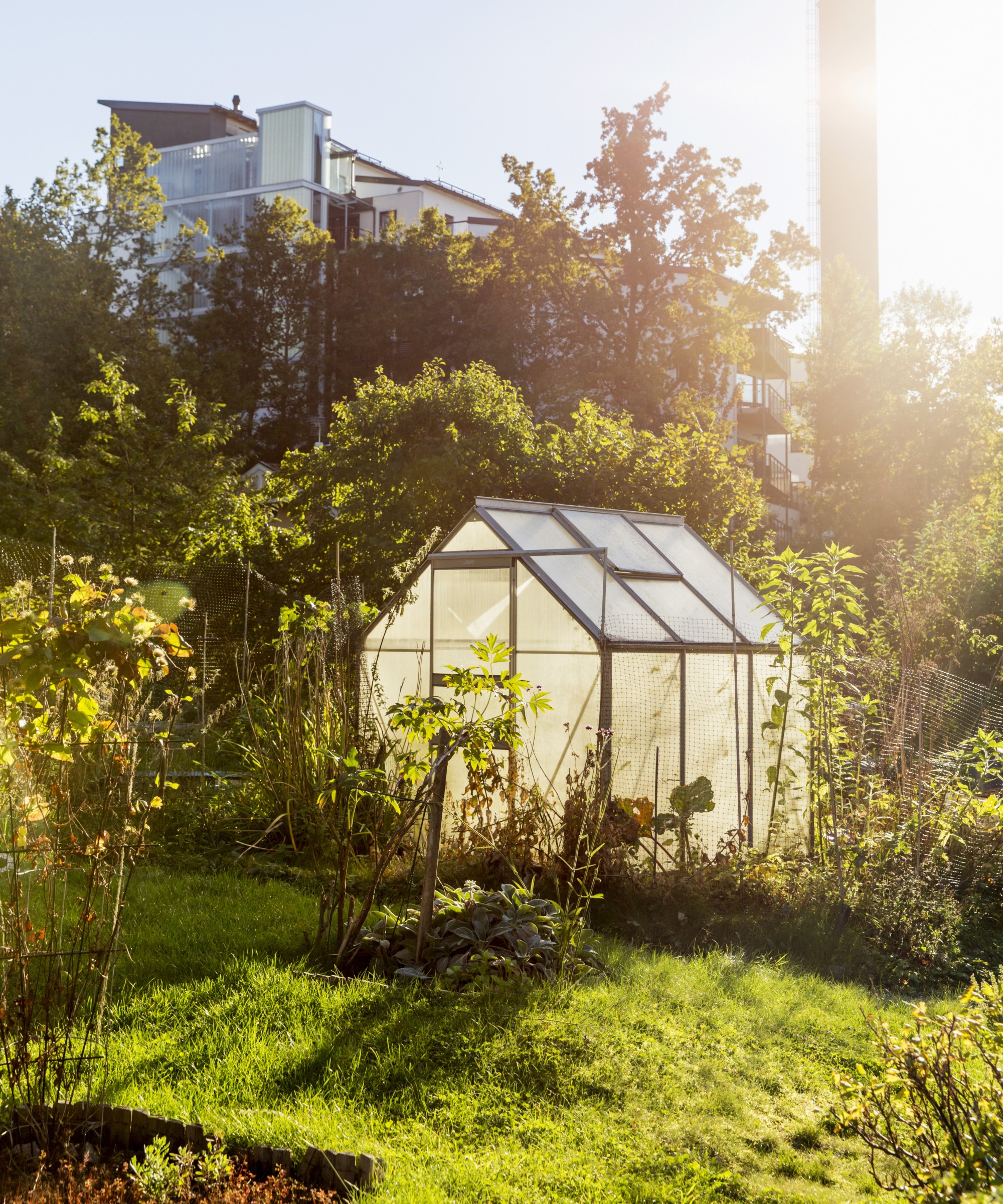
Damping down a greenhouse - in focus
I worked in greenhouses for many years as a professional gardener. It included large greenhouses focused on propagating plants and production greenhouses for growing tomatoes, peppers, eggplants, and other heat-loving crops. I worked in greenhouses year-round and used damping down to cool high temperatures. I have also spoken to some greenhouse experts to explain the benefits of damping down and how to do it.
Benefits of damping down a greenhouse
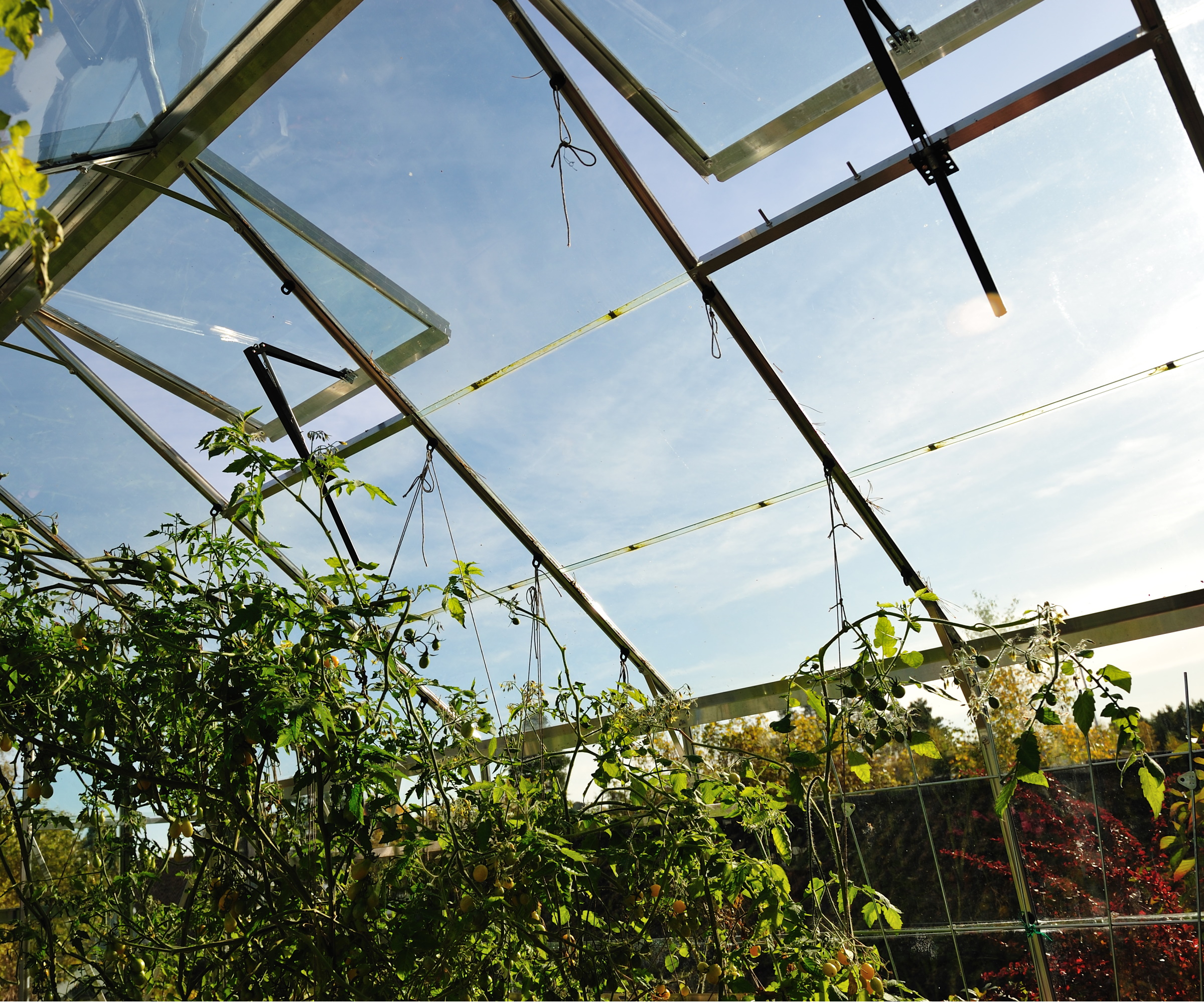
Damping down a greenhouse is a great way to reduce the temperature within a greenhouse, especially when the temperatures rise in the summer months.
Along with ventilating a greenhouse in summer, it is beneficial to cool the greenhouse and prevent plants from struggling in stifling heat. Having worked in a greenhouse during the summer, I have experienced the cooling effect that damping down can provide.
‘The main aim of damping down in a greenhouse is to reduce the temperature within your greenhouse through ‘evaporative cooling’ – the air is cooled down to a comfortable temperature due to water evaporation,’ says Lucie Bradley from Two Wests & Elliott.
Design expertise in your inbox – from inspiring decorating ideas and beautiful celebrity homes to practical gardening advice and shopping round-ups.
‘It is one of the simplest, easiest and most economical ways of reducing greenhouse temperatures.’
Damping down can also be a practical method of increasing the humidity levels inside the greenhouse. This can prevent plants from suffering stress as a result of the heat.
Sarah Warner, greenhouse manager at the Case Western Reserve University Farm at Case Western Reserve University, says that increasing the humidity aids a plant’s development. She adds: ‘If humidity levels drop below 60% at night and 80% during the day this may cause plants to grow slower than typical.’
Keeping the greenhouse cool and moist can also combat pests and diseases that thrive in drier conditions, including red spider mites and powdery mildew.

Lucie has been working at Two Wests & Elliott since 1997. The company specializes in greenhouse equipment, garden accessories, and various horticultural products. Initially working alongside the original founders, Mr and Mrs West, until they retired, she has now been fortunate enough to become one of the co- owners. She’s also lucky enough to get to talk to their customers, gardeners both amateur and professional, every day of the week and is always learning.
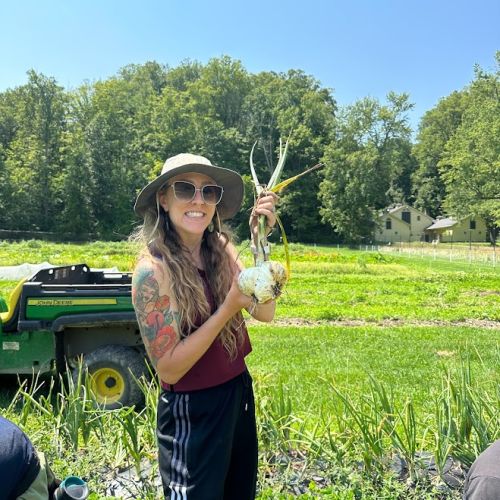
Sarah Warner is a farm associate with the farm food program at the Case Western Reserve University Farm. She is a Lorain County Community College graduate with an associate degree in Sustainable Agriculture and is also certified in Permaculture Design.
How to damp down a greenhouse

Damping down a greenhouse is a speedy and simple task to complete as part of planning your greenhouse activities for the day. On hot and dry days when the temperature inside the greenhouse is likely to top 68°F, it is beneficial to proactively implement the cooling technique - as plants can get damaged when the temperatures reach above 80°F.
Use a bucket, watering can, or garden hose, to apply water to the greenhouse’s hard surfaces, predominantly the floor and paths but also any shelving or staging. Leave it to dry naturally and cool the air as it evaporates.
Take care not to splash lots of water onto foliage or fruits inside the greenhouse, as excess moisture on plants can increase the risk of fungal diseases. If you are growing plants in ground-level beds alongside paths, take care not to flood the beds too as this can risk overwatering plants.
Damping down can be done throughout the day, however, the ideal time is early in the morning. ‘As the water slowly evaporates throughout the day, it creates sufficient humidity within the air to help prevent your plants from suffering heat stress,’ explains Lucie.
‘You might find temperatures on dry summer days can dictate that you are damping down in your greenhouse up to three times a day – early morning, late evening (just after you have ‘closed’ your greenhouse for the day) and at mid-day.’
The greenhouse doors and windows should stay open during the day alongside damping down to help keep the temperatures down and provide some airflow.
FAQs
Should you open your greenhouse every day?
Opening any backyard greenhouse doors and vents is important on warm and sunny days to reduce the temperature. During the hottest months, they can even be kept open throughout the night if the temperatures stay high.
Only open the greenhouse when the temperature rises, as having doors or vents open on colder days can result in lower temperatures or cold draughts that can harm plants.
Using a digital thermometer that tracks the temperatures day and night will help you make informed decisions about when to open your greenhouse.
So simple and so effective - that is why damping down a greenhouse should be on your summer gardening checklist. Whether you grow vegetables in a greenhouse, flowers, or tropical plants, keep them healthy and safe from heat stress by damping down the floors when those temperatures rise.

Drew has worked as a writer since 2008 and was also a professional gardener for many years. As a trained horticulturist, he worked in prestigious historic gardens, including Hanbury Hall and the world-famous Hidcote Manor Garden. He also spent time as a specialist kitchen gardener at Soho Farmhouse and Netherby Hall, where he grew vegetables, fruit, herbs, and cut flowers for restaurants. Drew has written for numerous print and online publications and is an allotment holder and garden blogger. He is shortlisted for the Digital Gardening Writer of the Year at the 2025 Garden Media Guild Awards.

